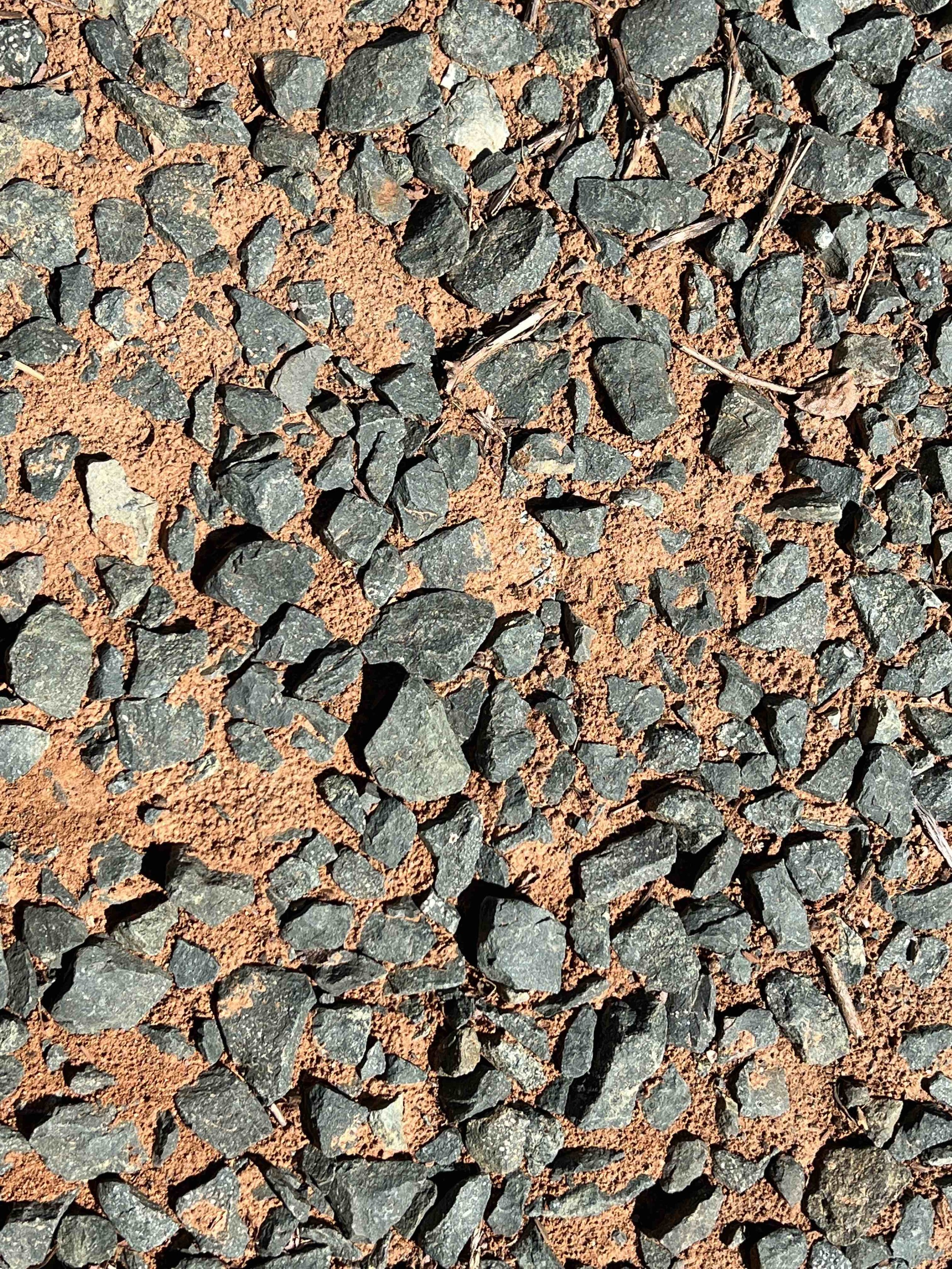This past Sunday, while visiting in my parents in Modesto, I took mom and pop with me for a little trip to the El Dorado Hills and one of my new favorite California producers: Terre Rouge. Started by the Rhône Ranger himself Bill Easton, along with his wife Jane O’Riordan, the wines from Terre Rouge have become something of an insider’s secret among California’s wine professionals, and for good reason. While other winemakers are selling you their most recent vintage, whether the wine is ready to drink or not, Terre Rouge is holding back its bottles until future notice; they’re not released until Bill and Jane think they’re ready to drink.
To give you an example, we’re selling the 2020 and 2021 releases across the board for most California producers right now. Yet, Terre Rouge’s current release for its beloved Tête-à-Tête rouge is from 2015. The French call it élevage, meaning “to raise the wine,” but Bill just calls it common sense. Why would you allow a customer to drink your wine before its peak?
Granted, that was a rhetorical question I just asked, but I’ll tell you the honest answer: American winemakers don’t practice élevage with their wines because it’s not cost effective and most customers won’t know the difference anyway. Why hassle with aging the wines yourself? Let the consumer deal with that burden. However, given that 95% of American wine drinkers wouldn’t necessarily know to age a $16.99 bottle of Terre Rouge Tête-à-Tête for seven years in order to get the best out of it, one could argue that holding back the wines until they’re ready to shine is a pretty good strategy in our pop-and-pour wine culture.
Indeed, what better marketing is there than an incredible wine that tastes amazing at first sip?! Given that we’ve sold more than 90 bottles of the Tête-à-Tête this month in our Pasadena store alone, we’ve seen that marketing work first hand, day after day, week after week. What makes the Terre Rouge so good besides the élevage? The soils. Terre Rouge translates to red earth, and that’s exactly what you see when you step into its hillside vineyards near Fiddletown: dusty and compressed granite soils, combined with volcanic stones, giving way to 60-80 year old vines that produce concentrated berries with fantastic flavor.
Bill was there to meet us at 11 AM on a beautiful California morning, wearing a big smile and excited to talk about the history of the vineyards in the area. We piled in the car and followed his lead past abandoned gold mines and 100+ year old vineyard sites, with Bill telling the stories behind each location. In the photo above, Bill is leaning against a Mission vine planted in the 1870s that’s still going strong today! Reminiscent of the gnarled old vines that often appear in photos of the Rhône Valley, those same varietals have thrived in the California foothills: Grenache, Syrah, Mourvedre, and so on. The Tête-à-Tête is a classic GSM Rhône blend and it really captures the essence of its muse, along with the ripeness of pure Golden State produce. It was amazing to walk the vineyards and taste the fruit right off the vine!
My parents were equally impressed. As veterans of the California foothills wine scene, this was their first trip to Terre Rouge and we actually left with a collection of their white Rhône expressions in hand: Viognier, Roussanne, and Marsanne! Even with the California heat, these high elevation sites are still cool enough to preserve the acidity in both white and red varietals and frost has actually been an issue for Bill. In some of the deeper crevasses, entire vineyards lost their fruit earlier in the year due to freezing. When you’re at 3200 feet elevation, you’re at the mercy of the temperature swings, but you’re also getting real mountain fruit, which has better structure and potential for again.
If you want to see for yourself, grab a bottle of the amazing 2015 Tête-à-Tête and see be amazed. Seven years of bottle age, 60-80 year old vines, mountain fruit, made by a veteran winemaking duo, and it’s only $16.99. Find me a better California wine for that price with the same level of complexity, and I’ll be impressed.
-David Driscoll




